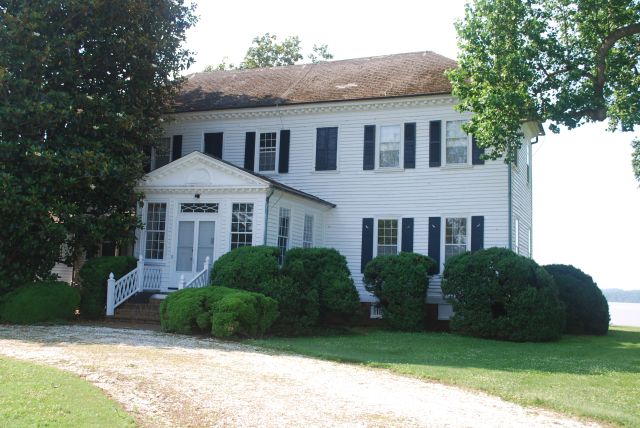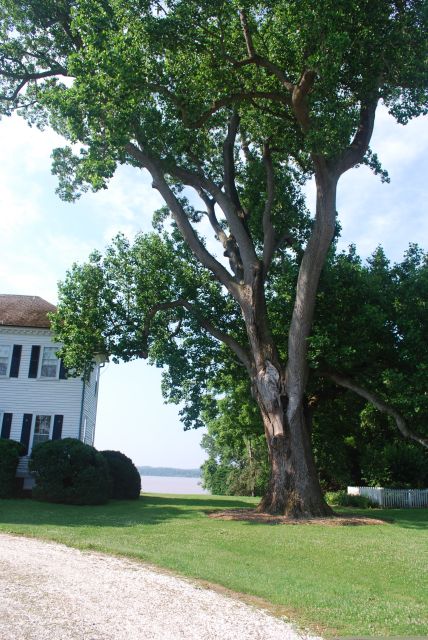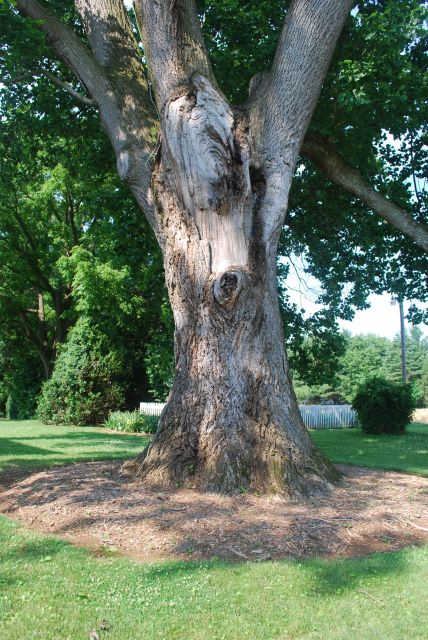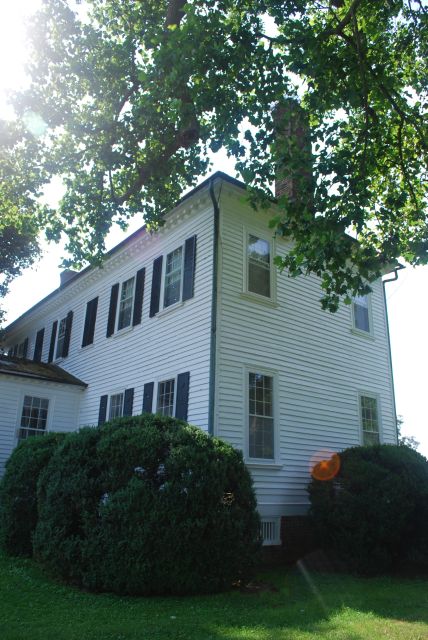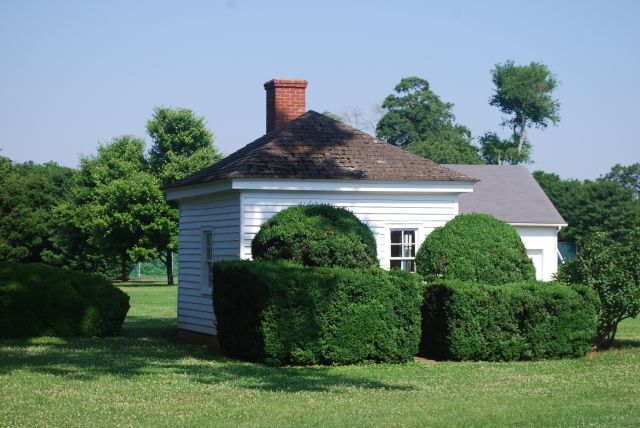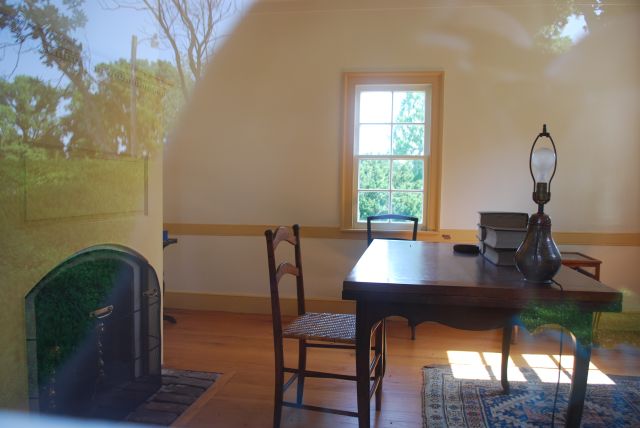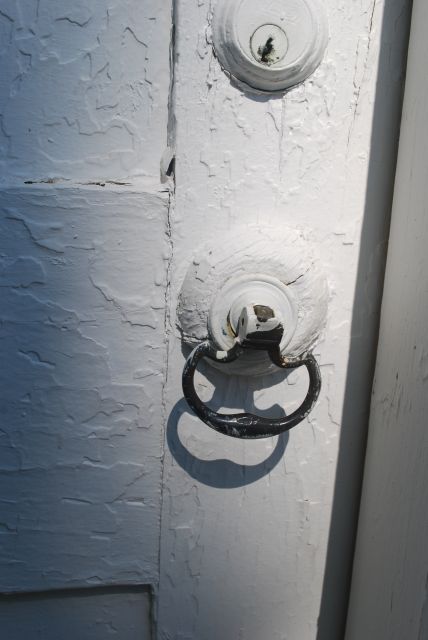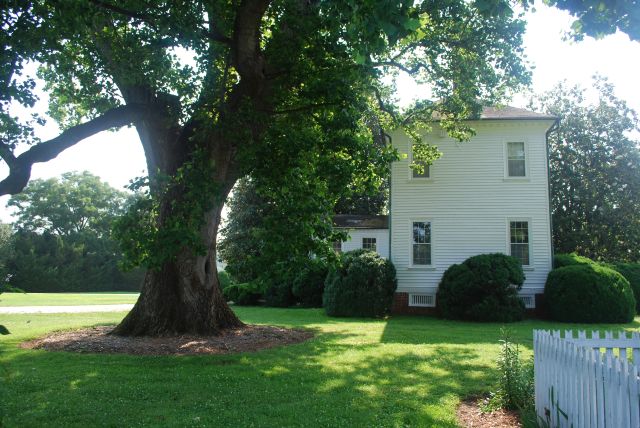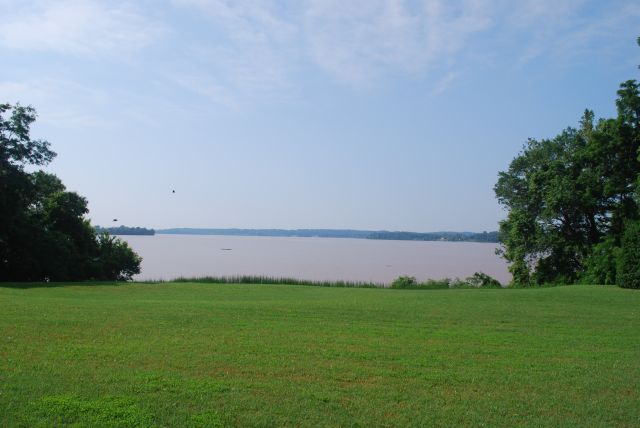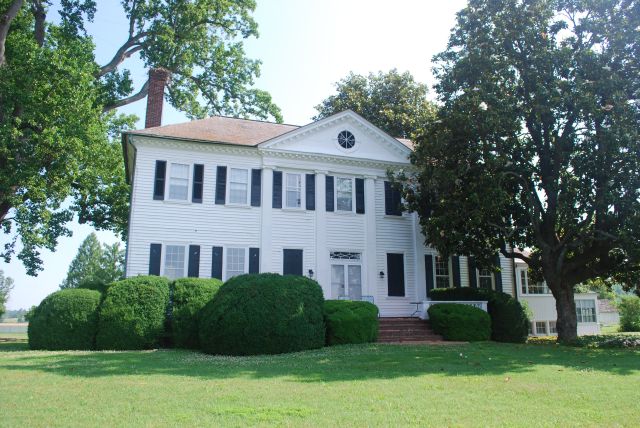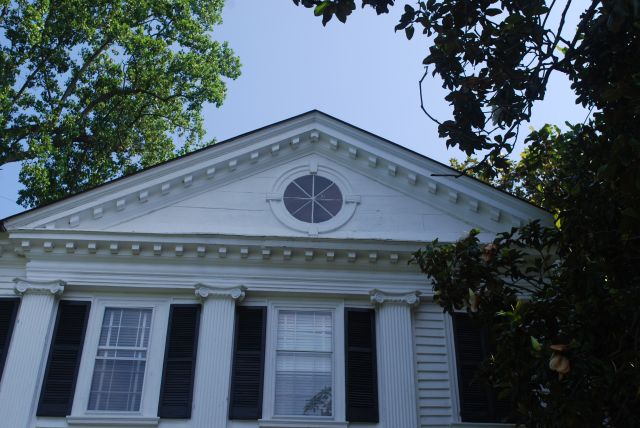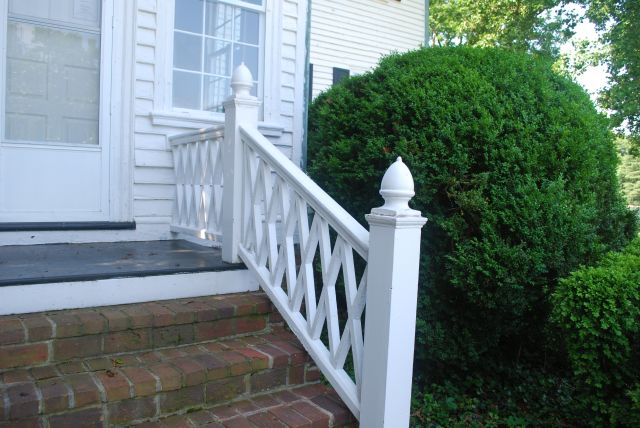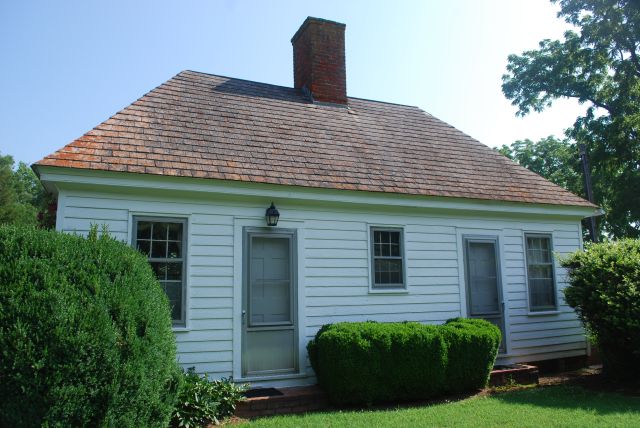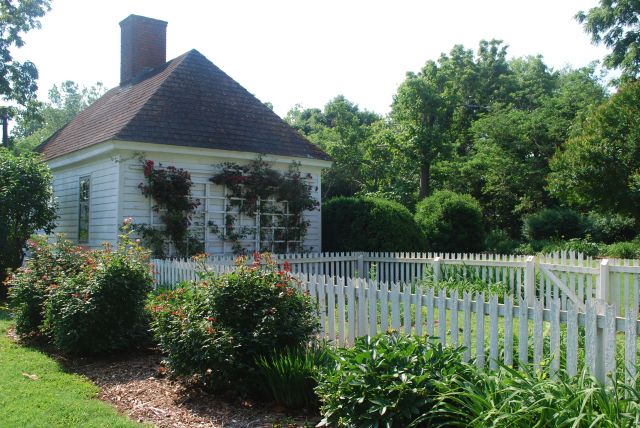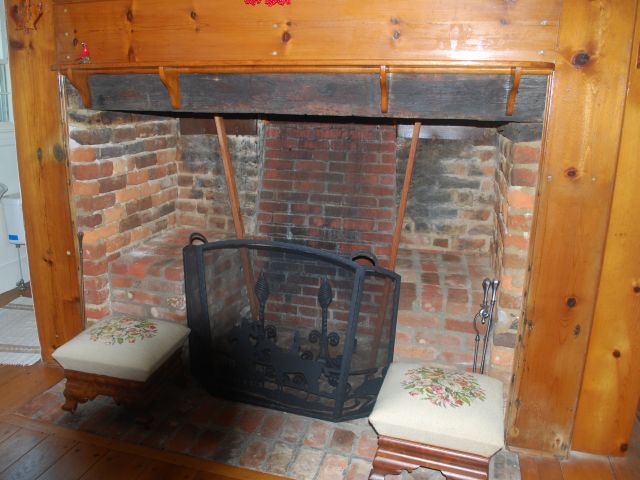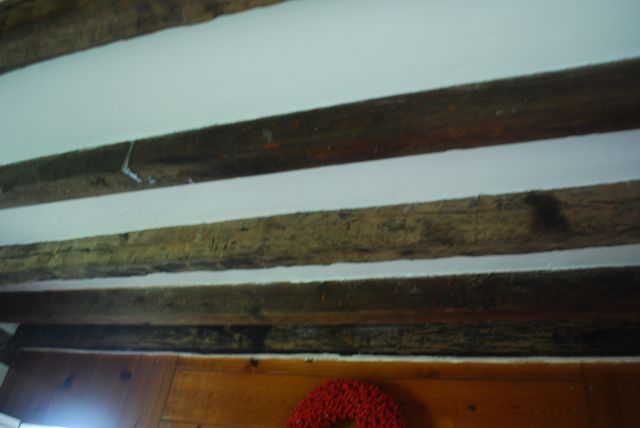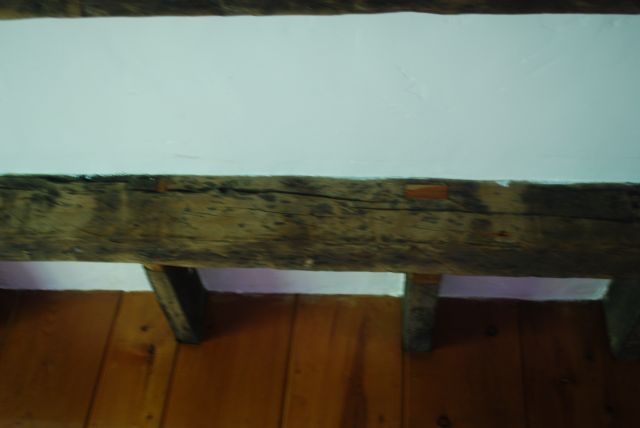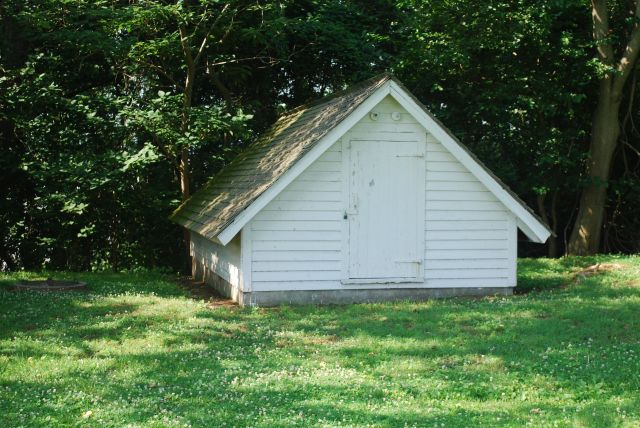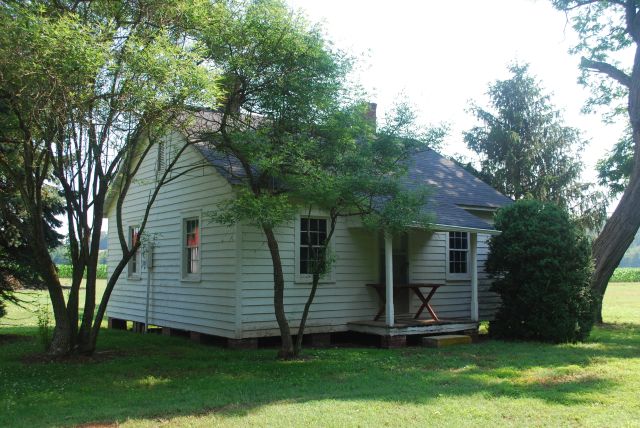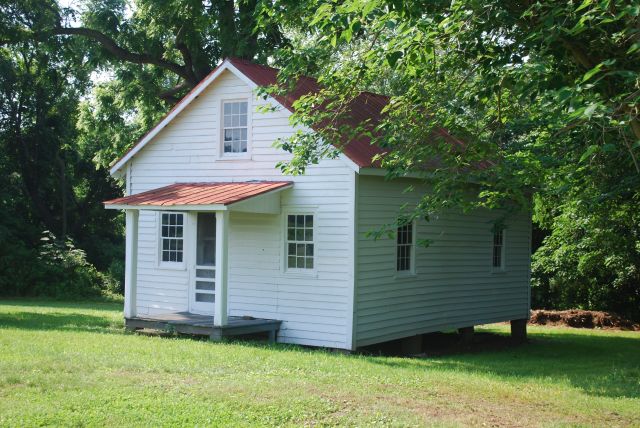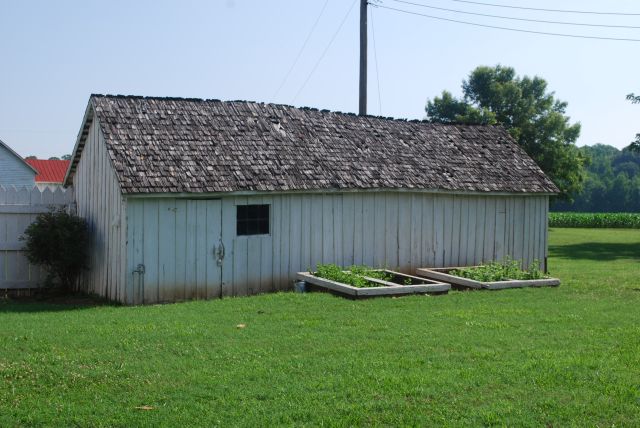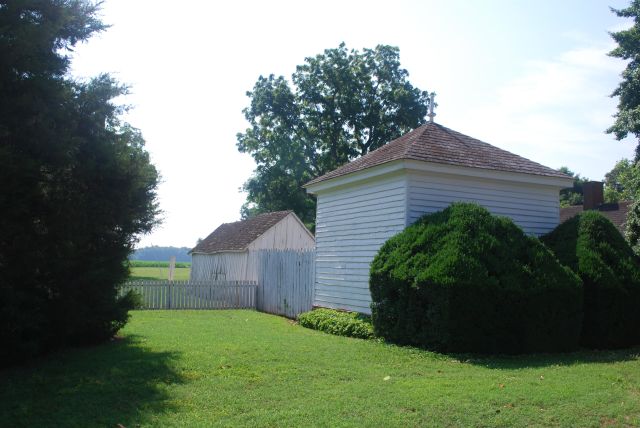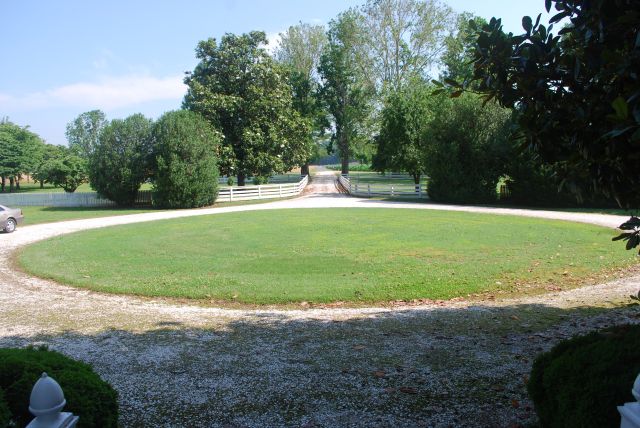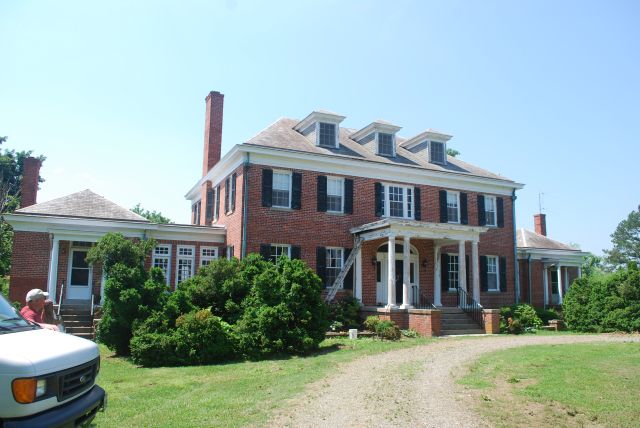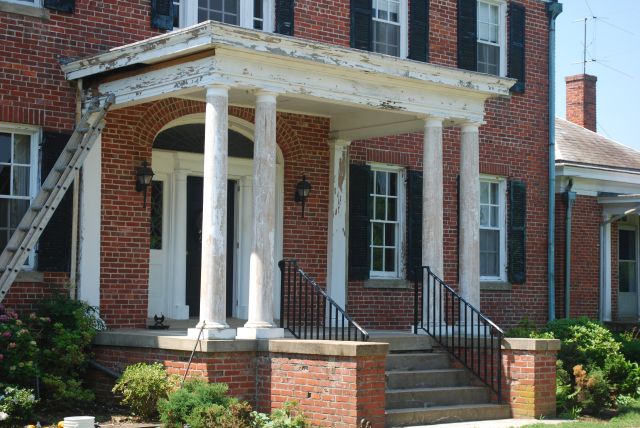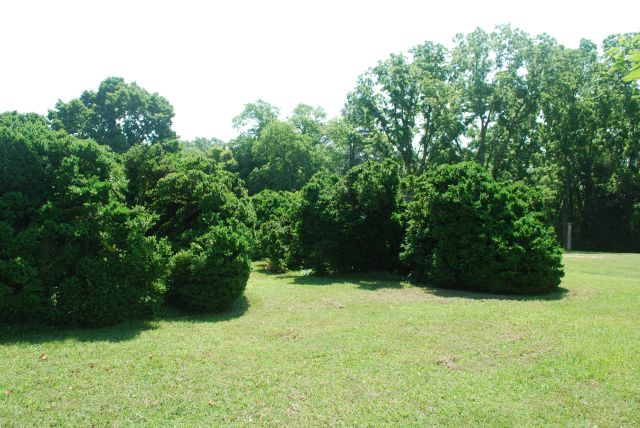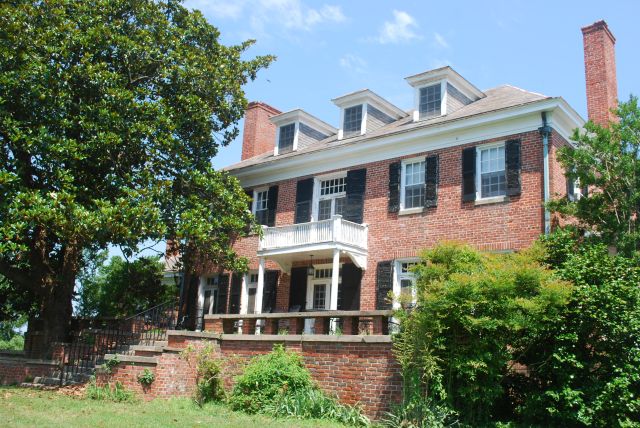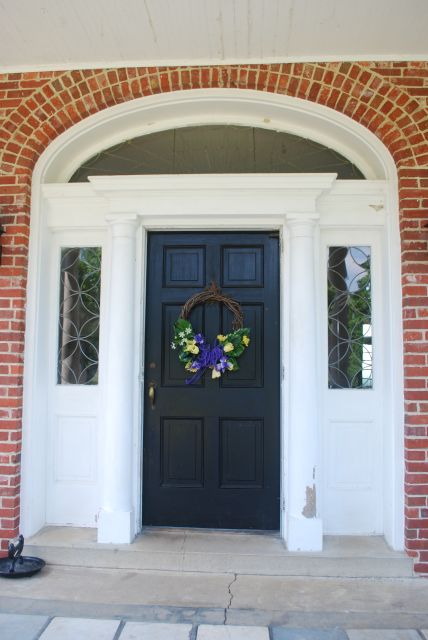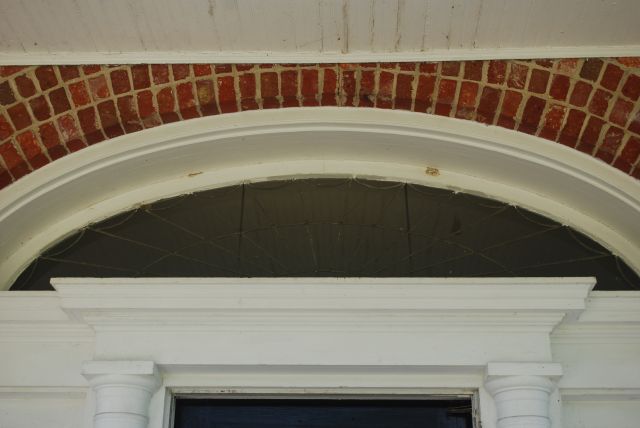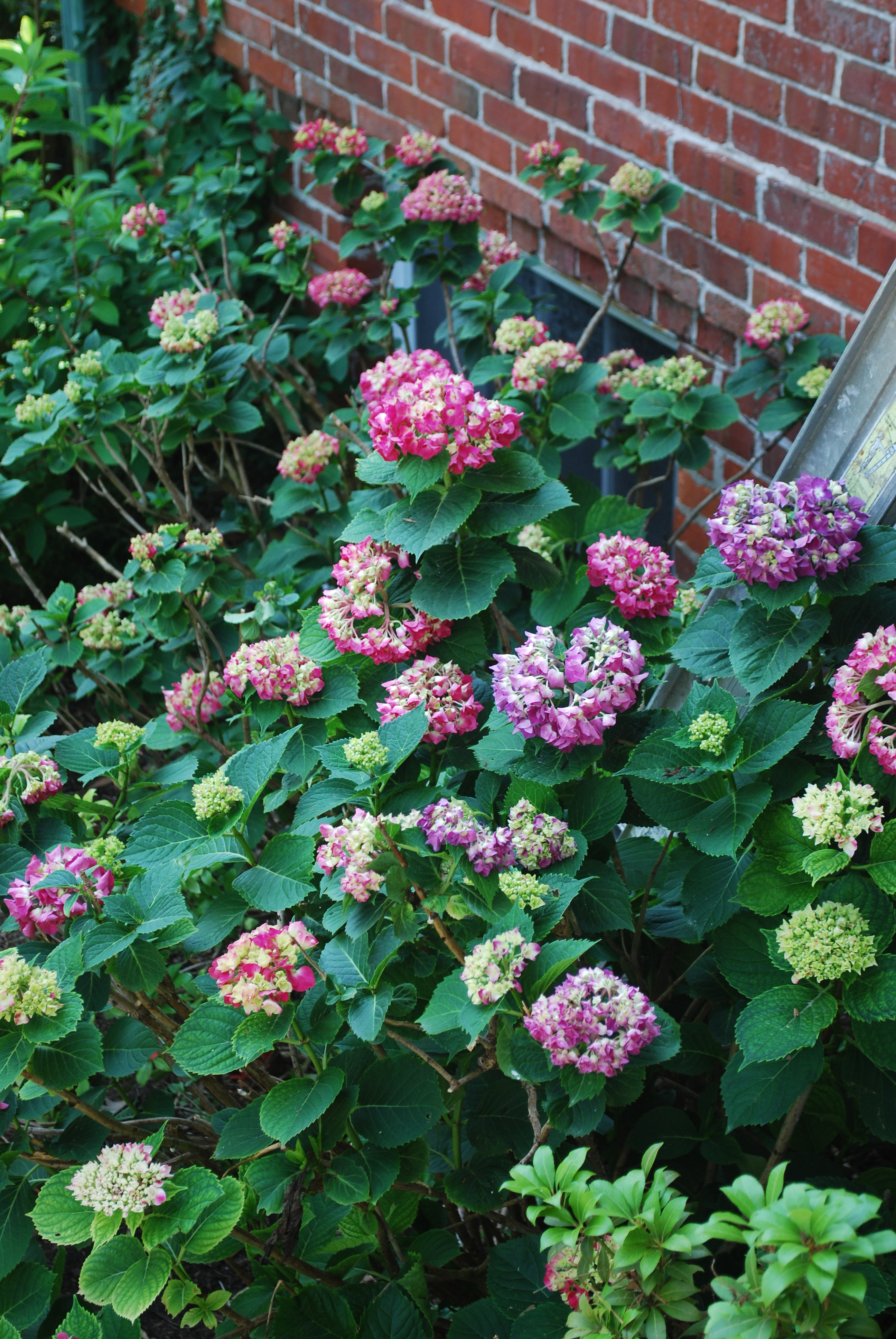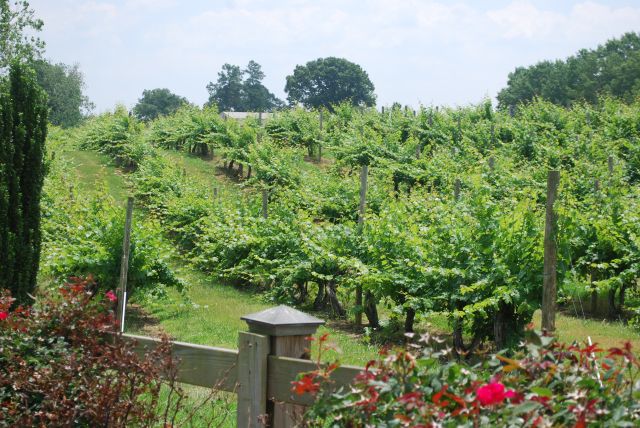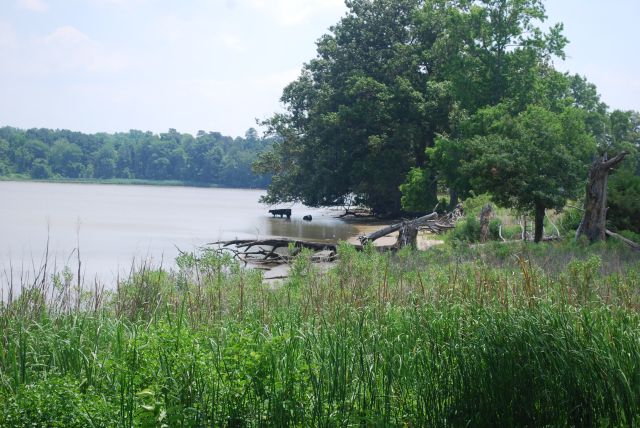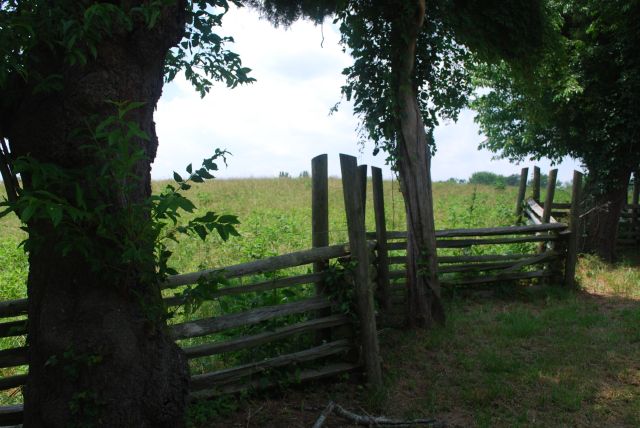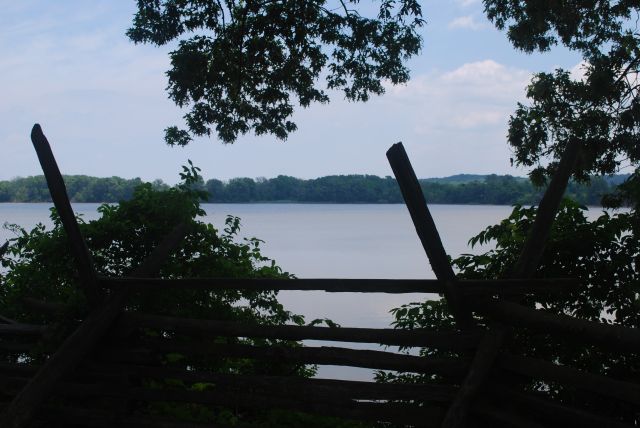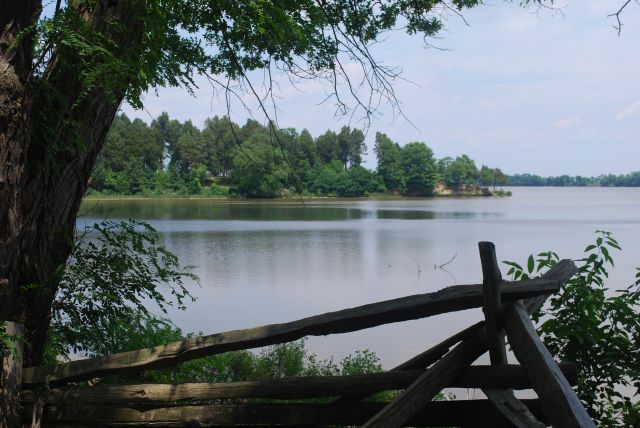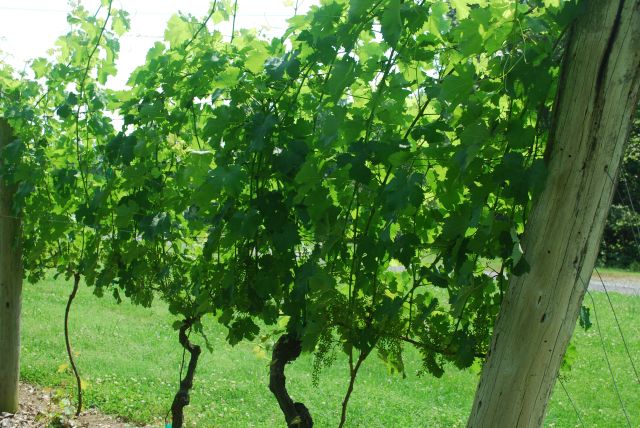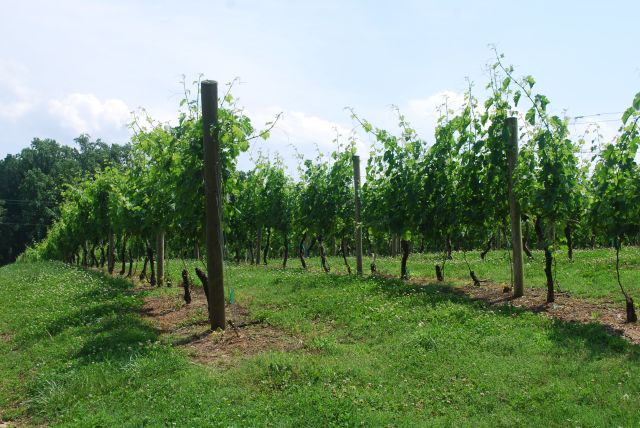The Reveal to “Where in the World am I?”
Here is the reveal!
First Photo
Nanzatico Plantation
Nanzatico Plantation is located in King George County along the Rappahannock River. The Nanzatico Plantation’s home was built by Charles Carter in 1769. Thomas Turner III would purchase this 2400 acre plantation and would raise his family there. At the death of Thomas Turner III, his three sons would divide his property of Smith Mount, Walsingham and Nanzatico. Richard Turner would inherit the Walsingham Plantation. George Turner would inherit the Nanzatico Plantation. Thomas Turner IV would inherit the Oaken Brow Plantation, which was originally part of the Nanzatico Plantation.
George Turner would marry Caroline Matilda Pratt, who was the daughter of John Birkett and Alice Fitzhugh Dixon Pratt of the Camden Plantation, across the Rappahannock River from Nanzatico Plantation. Their youngest son was Carolinus Turner. In 1839, Carolinus purchased Belle Grove Plantation. Carolinus Turner would take this modest Federal style home and convert it into the Greek Revival style home we have today.
When I rolled up on this plantation, I got really lucky. The caretaker arrived and allowed me to walk the property. It was amazing! Here are some pictures from my visit at Nanzatico!
This tree blew me away! It is the same tree we cut down in front of Belle Grove just a month or so. The only differences is this one is still alive! And it is older than ours! This one, according to the caretaker is 250 years old!!
It is as wide as my car!!
This is Federal style that Belle Grove started out with before Carolinus Turner made his changes.
This is the plantation office just to the right of the circle in front of the main house.
This is where the planters and overseers would have conducted their plantation business. As far as I know, Belle Grove’s office was in the Mansion.
It was amazing to see the same door hardware!
Another view of the tree. Can you believe how big it is??
This is the view off the back of the house. Well… I should say the front of the house because the front door would have been facing the river. Belle Grove is also set up this way.
This is the “front door” facing the river.
One thing I noticed was the details. They have allot of the same as Belle Grove. Of course since the Turners owned all the plantations on this size of King George at one time, it would make sense.
This was another thing that blew me away! It is their Summer Kitchen! Like Belle Grove, it has two sides, one kitchen and one enslaved quarters. This is what ours will hopefully one day look like! Minus the screen doors and porch light.
The Summer Kitchen has a wonderful garden to the side of it where they would have grown vegetables and herbs for the kitchen. We won’t be able to do this with ours because the sides of the kitchen are beside something else. But maybe we can do it off the Icehouse to the side.
The caretaker did take me inside the kitchen. I don’t think it is as old as ours, but wow!
Some of the ceiling timbers were hand cut with a broad ax.
And let Belle Grove’s Summer Kitchen, it has a large tree truck as the mantle.
Look at the top right. You can see where they dove tailed the joints!
This is the spring house. It is where they would have gone to draw water.
I don’t know where ours would have been yet.
Here is another mind blowing thing… an old slave quarters! They have two of them!
This was part of the barn. I just love the raised garden boxes!
Just to the left as you enter the circle is the Smoke House.
I love the detail at the top. Maybe we can add that to ours once we restore it!
This is the circle as you come in. It isn’t as big as our bowling green, but it is just beautiful.
I thanked the caretaker for letting me view the plantation. He pointed me to my next stop!
Second Photo
Oaken Brow Plantation
Oaken Brow Plantation was built in 1830 by Charles Taylor. Thomas Turner III owned Oaken Brow as part of his plantation holdings. At his death, he owned Woodlawn, Nanzatico, Oaken Brow and Walsingham. Thomas Turner IV would inherit Oaken Brow Plantation. In 1925, the original home burned and was restored in 1935 by Dr. Low. Today, there is a wonderful couple that owns it. The gentleman is from Maryland and his wife is from South Carolina. She was at home when I came “calling”. She has been following us and was excited to meet me. I was excited to be invited in. We had a wonderful conversation and she allowed me to take pictures outside the home. She amazed me when she let me know before leaving that she would be glad to show Oaken Brow to any of our guests. I would just need to call ahead. I have a feeling there is going to be allot of request.
They are working on the paint for the outside of the house right now.
This Old English Boxwoods are 10 feet tall!!
This is the view from their back yard. Here they are not on the river so their back yard is really their back yard.
But just beyond the trees is the Rappahannock River.
On to my next stop!
Third Photo
Ingelside Plantation
One of our favorite vineyards in the area is Ingelside. I stopped by to take with them about Belle Grove opening soon and got a wonderful Pinot Grigio to bring home to Brett!
Be on the lookout for a special package we will be offering for this winery!
http://www.inglesidevineyards.com/
From Ingelside’s website:
“Built in 1834, it first served as a boys’ school known as Washington Academy. During the Civil War it was used as a garrison and later a courthouse. Since 1890, the Flemer family has owned and operated this grand estate encompassing more than 3,000 acres and for the first fifty years it functioned as a dairy farm.
However, in 1940 Carl Flemer Jr. had bigger plans and throughout the years the estate evolved into Ingleside Plantation Nursery and then Ingleside Vineyards after stumbling upon the fact that our location and conditions are prime for growing high quality wine grapes.
Opening in 1980, under the direction of Doug Flemer, Ingleside Vineyards is one of Virginia’s oldest and largest wineries and produces over 18 varieties of wine from estate-grown grapes. For over thirty years, our hand-crafted wines have won numerous awards and top honors in state, national and international wine competitions, such as the London International Wine & Spirit Competition, the San Francisco International Wine Competition and the Virginia Governor’s Cup Competition. Our winemaker, Bill Swain, has brought Ingleside wines to a new level with his passion, skill and thoughtful approach to the craft of winemaking.
Ingleside was the first winery in Virginia to produce a methode champenoise sparkling wine. We were also the first winery in Virginia to bottle a varietal Petit Verdot, now one of our flagship wines and recent winner of “Best Petit Verdot” at the 2012 San Francisco International Wine Competition.”
Fourth Photo
(Yes those are cows standing in the water)
Popes Creek
Birthplace of George Washington
http://www.nps.gov/gewa/index.htm
From their website:
“George Washington Birthplace National Monument preserves the heart of the Washingtons’ lands in America. John Washington, the immigrant, arrived in Westmoreland County in 1657, and settled near Bridges Creek. Generations of Washingtons lived on these lands and established a legacy of public service, leadership, and love of the land. The rich legacy of the Washingtons would culminate with George Washington’s achievements as the “Father of Our Country.”
Fifth Photo
(This one didn’t go out via Twitter or Instgram – It’s also the hardest to figure out)
Oak Crest Vineyard and Winery
Another one of our favorite vineyards in the area is Oak Crest. They have a wine called “Hot Jazz” you have to try!
Be on the lookout for a special package we will be offering for this winery!
http://www.oakcrestwinery.com/
From their website:
“A long time effort by the Conrad Brandts family culminated in the opening of Oak Crest Winery in 2002. The winery’s creation involved a combination of genetics, scientific bent, fortunate opportunities, and the urge to create good wine and share it with others. Conrad’s home wine-making dates back to the 1950s. The Brandts family’s wine grape growing in Virginia dates to the early 1960s.”
The current winery was constructed in 1999.
To see more of our adventures
Please visit our Facebook Fan Page
Please don’t forget to help us stock our library!
Join the fun with our “Virtual Housewarming Party”
http://virginiaplantation.wordpress.com/2013/06/07/housewarming-party/







